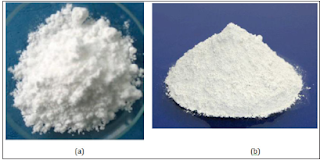Stabilization of Expansive Soil Using Wheat Husk Ash and Granulated Blast Furnace Slag (TCEIA) - Lupine Publishers
The Expansive soil swells when it comes in contact with water and shrinks on drying. These soils are characterized by inherent swelling and shrinkage characteristics due to presence of Montmorillonite clay mineral, which exhibits volume change behavior under changes of moisture content. Granulated blast furnace slag(GBS) is the waste material which is generated from the steel plant after with the increase in waste disposal problems and their solutions has increased to a where the waste disposal by several methods has become a technology of its own. To minimize the impact of wastes on the environment, final disposal which offers environmentally sustainable methodology for disposing wastes on land is inevitable, after thorough analysis of behavior of soils. Hence, an attempt has been made in the investigation to overcome the disposal problems of GBS that are mixed with wheat husk ash to achieve the desired requirements. In the same way the Expansive soils are treated with different percentage of GBS and wheat husk ash to improve the engineering properties of soil.
For more Lupine Publishers Open Access Journals Please visit our website: http://www.lupinepublishers.com/
For more Open Access Journal articles Please Click Here: http://www.lupinepublishers.com/civil-engineering-journal/
For more Open Access Journal articles Please Click Here: http://www.lupinepublishers.com/civil-engineering-journal/












